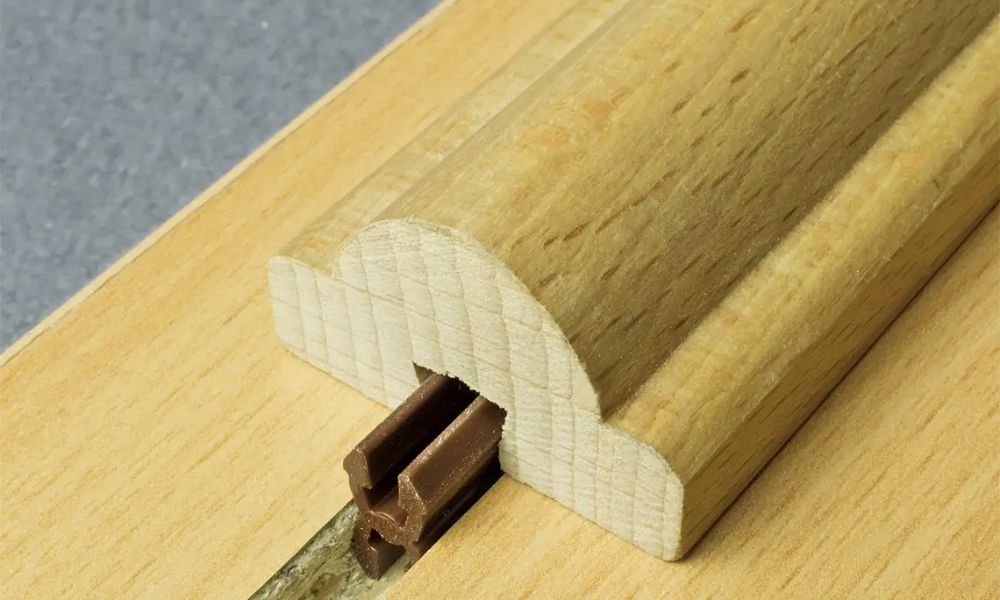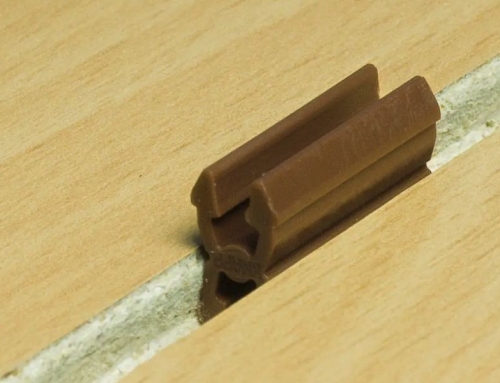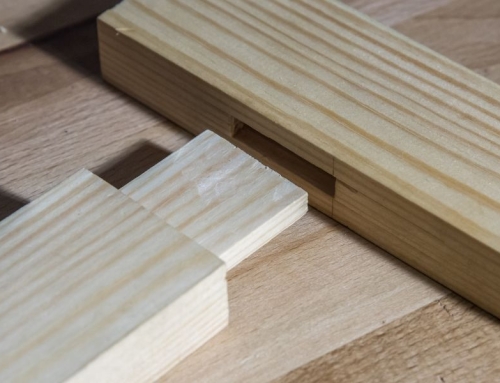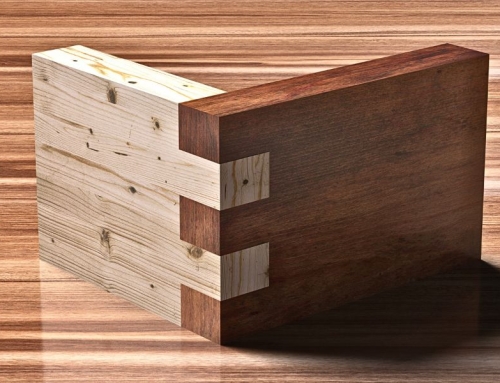Woodworking is experiencing a dynamic resurgence thanks to a wave of innovations. The simplistic act of joining two pieces of wood combines traditional artistry with cutting-edge technology. Whether you’re a professional carpenter or DIYer, these trends spell out a future of woodworking that’s as durable as it is diverse.
Get inspired for your next woodworking project as we explore the top innovations and trends in modern wood joinery.
Interlocking Joints
Unlike butt joints or lap joints, interlocking joints lock several pieces of wood together with complex shapes, just like puzzle pieces. Their intricate design enhances structural integrity and often eliminates the need for glue or fasteners. These joints offer a clean aesthetic and prevent the joint from loosening under stress. Some examples of interlocking joints include the dovetail joint, tongue and groove, and Bridle joint.
Sustainable Practices
Many woodworkers are for sustainability. This has led to the development of eco-friendly materials and joinery techniques that reduce waste and promote responsible sourcing of wood. Sustainable joinery means using the right type of wood for your project and making the most of your materials.
Invisible Joinery Techniques
Invisible joinery involves hidden connection methods to create a seamless look. These methods boost structural integrity and the aesthetic appeal of your workpiece by maintaining clean lines and a uniform appearance.
Techniques for joining wood discreetly may encompass hidden dowels, splines, biscuits, and slot mortises with “floating” tenons. By employing these methods, the wood’s surface remains free of visible connectors, allowing its natural beauty to radiate.
Wood-to-Wood Connectors
Wooden structures depend on sturdy connectors. Basic fasteners and adhesives are adequate for many projects, but sophisticated wood-to-wood connectors have greater durability and strength.
Modern connectors, such as metal fasteners, knockdown connectors, and hidden connectors, offer a blend of simplicity and strength. They allow for damage-free disassembly and deliver a seamless aesthetic with inherent strength.
Trends and innovations in modern wood joinery are always popping up. Using wood-to-wood connectors is a testament to the inventive spirit of woodworkers and the innovation that drives the field. By adopting these new techniques, craftspeople can uphold the integrity of their work and create wooden structures that are as resilient as they are beautiful.





